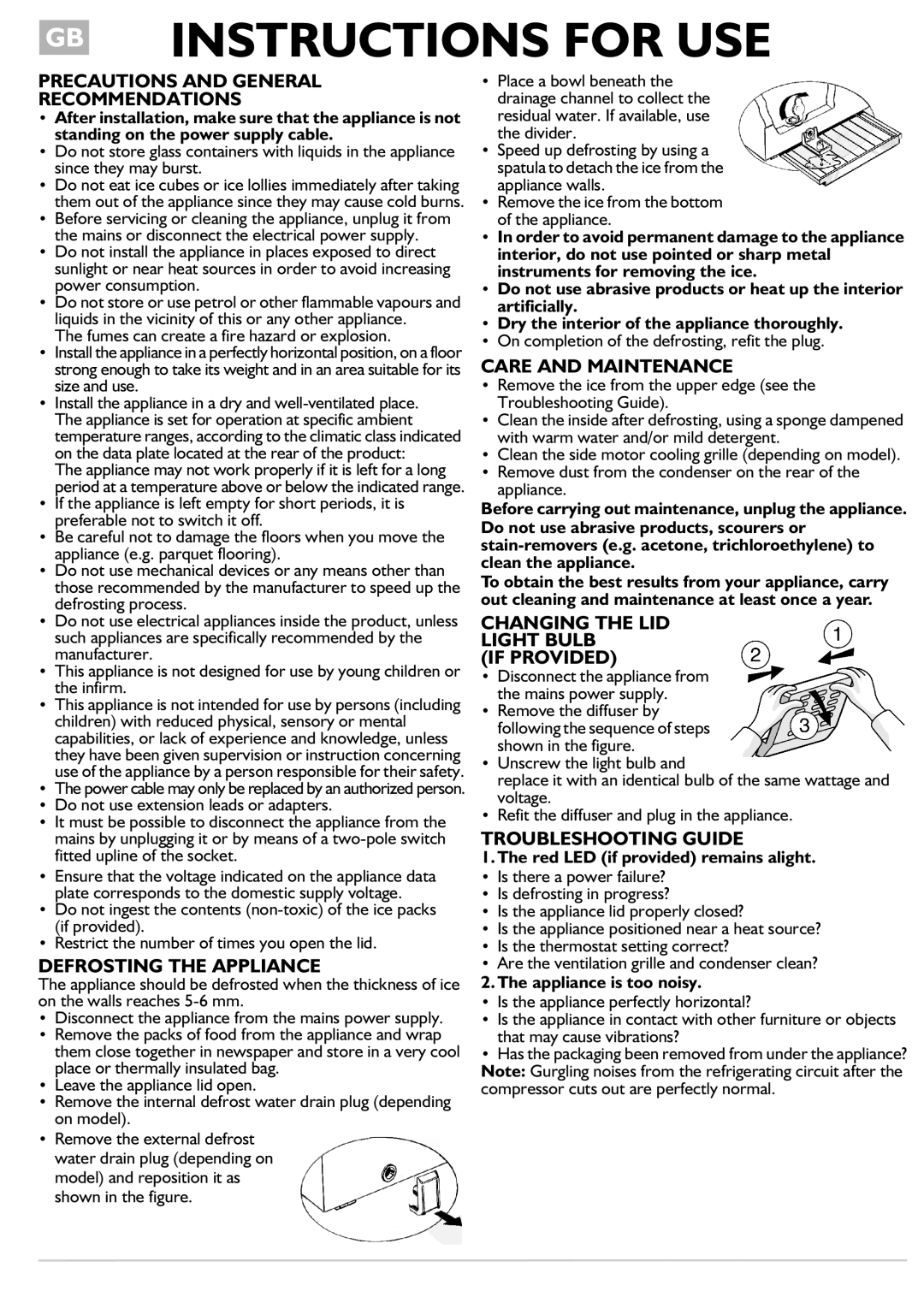CO300, CO400 specifications
The Smeg CO400 and CO300 are outstanding examples of modern cooking technology that seamlessly blend functionality with sophisticated design. Smeg, an Italian manufacturer renowned for its stylish, high-performance appliances, has once again pushed the envelope with these two convection ovens.The Smeg CO400 oven is equipped with advanced technologies aimed at delivering superior cooking results. One of its main features is the SMART technology, which optimizes cooking times and temperatures to ensure dishes are cooked evenly and thoroughly. The built-in temperature probe is another highlight, allowing users to monitor the internal temperature of their food, ensuring perfect cooking results every time.
The CO400's impressive capacity of 70 liters is perfect for large families or those who love to entertain. It features multiple cooking functions, including conventional, fan-assisted, and grill options, making it versatile enough to handle various culinary techniques. The oven’s cleaning system is also noteworthy; it utilizes a pyrolytic cleaning function that reaches high temperatures to incinerate food residues, leaving the oven interior virtually self-cleaning.
On the other hand, the Smeg CO300 is equally impressive, delivering a smaller capacity of 45 liters but still packed with features that cater to different cooking needs. It boasts a stylish aesthetic, with a stainless steel finish that fits effortlessly into any contemporary kitchen. The CO300 is designed with user-friendly controls and an easy-to-read digital display, making cooking straightforward even for novice users.
Both ovens come with Smeg’s signature design elements, including retro-inspired handles and knobs, which add a touch of charm. They also promote energy efficiency, adhering to strict energy ratings that save on electricity bills while being kind to the environment.
Another key characteristic is the multifunctional design of both ovens. They include several pre-set programs for popular dishes, which streamline meal preparation. The integrated timer ensures precision in cooking, notifying you when your dishes are ready without the risk of burning or overcooking.
In conclusion, the Smeg CO400 and CO300 ovens are remarkable appliances, characterized by their innovative technologies, elegant designs, and practicality. Whether you opt for the larger capacity of the CO400 or the compact efficiency of the CO300, both provide an exceptional cooking experience that meets modern culinary demands.

